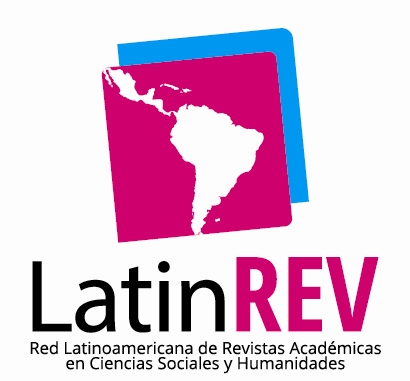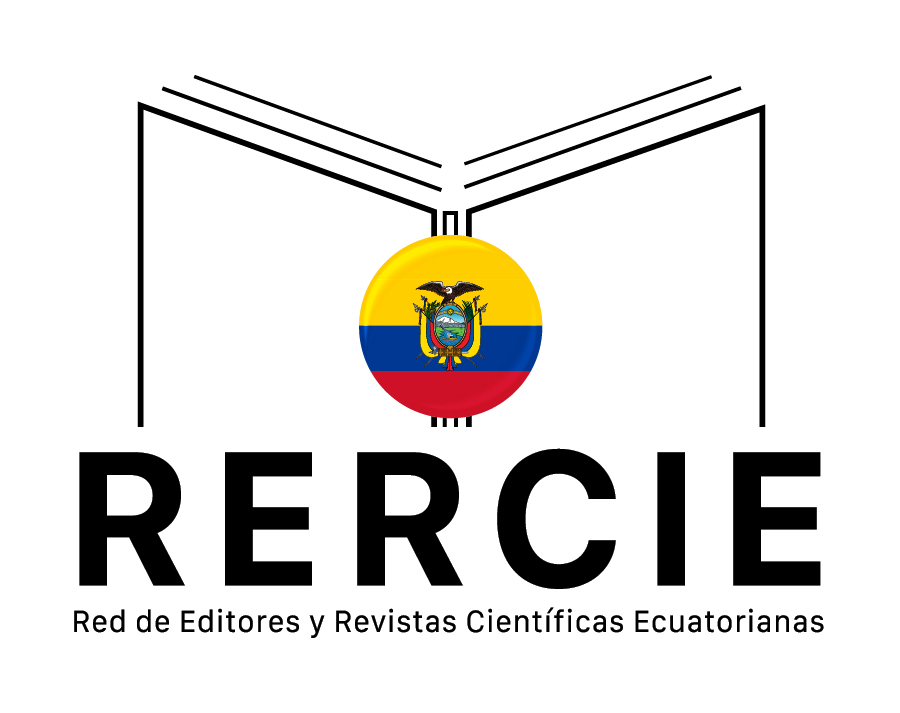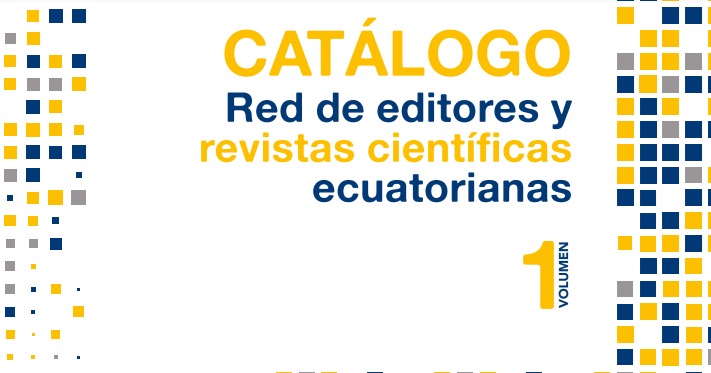ONCOLOGICAL DISEASES IN THE FAMILY ENVIRONMENT: A VIEW FROM THE SYSTEMIC MODEL
Palabras clave:
Entorno familiar, enfermedad oncológica, cáncer, paciente, familia, vulnerabilidadResumen
The study that is presented presents an analysis of the presence of oncological diseases and their main problems within the family dynamics resulting from the very nature of this disease, the approach was developed from the systemic model. The proposed objective was to determine the impact that oncological diseases produce in the family environment of patients who attended the Comprehensive Support Center for Cancer Patients and the Foundation for the Service of the Cancer Patient "FASEC" in the city of Cuenca, Ecuador. The methodology was quantitative, with the use of the deductive process through which statistical data was obtained that later allowed an analysis to be carried out, establishing specific characteristics from the general to the particular. The collection of information was carried out through a structured survey that was applied to both patients and relatives who attended the aforementioned centers. The description of the impact on family dynamics is the greatest finding to be presented, since a high rate of patients abandon their work activities due to suffering from an oncological disease presented in their body. It is important to mention that most of the patients come from other provinces to receive care in the city of Cuenca, since most of them are derived from other Public Health Institutions, however, most of them attend the consultations alone, according to the results obtained, it is due to the costs of mobilization and the activities carried out by their relatives, even because they have had to choose to be heads of household.
Keywords: Family environment, oncological disease, cancer, patient, family, vulnerability.
Descargas
Citas
Constitution of the Republic of Ecuador. (2008). Constitution of the Republic of Ecuador. Montecristi: National Assembly. Obtenido de https://www.asambleanacional.gob.ec/sites/default/files/documents/old/constitucion_de_bolsillo.pdf
Gomez Sancho, M., & Ojeda Martín, M. (2014). Palliative care: symptom control. Montevideo Uruguay.
Gómez Sancho, M., & Ojeda Martín, M. (2014). Palliative care: symptom control (Séptima ed.). Montevideo Uruguay.
Ministry of Public Health. (2012). Obtenido de https://www.todaunavida.gob.ec/wp-content/uploads/downloads/2015/04/SALUD-LEY_ORGANICA_DE_SALUD.pdf
Ministry of Public Health. (2017). Retrieved from https://aplicaciones.msp.gob.ec: https://aplicaciones.msp.gob.ec/salud/archivosdigitales/documentosDirecciones/dnn/archivos/ac_0059_2017.pdf
National Cancer Institute. (2015). Retrieved from https://www.cancer.gov/espanol/tipos/seno/paciente/tratamiento-seno-pdq
Puello Scarpati, M., Silva Pertuz, M., & Silva Silva, A. (2014). Limits, rules, communication in a single parent family with teenage children. Scielo, 230-231.
Rodríguez Rodríguez, N. Y., Ruiz Valdés, Y., & Carvajal Herrera, A. (2007). Knowledge about palliative care of relatives of cancer patients. Scielo.
Rodríguez, F. (2016). Meanings of palliative care for the family of the cancer patient. 9.
Royal Spanish Academy. (2014). Spanish language dictionary. Royal Spanish Academy.
World Health Organization. (2018). Retrieved from https://gco.iarc.fr/today/online-analysis-pie?v=2018&mode=cancer&mode_population=continents&population=900&populations=900&key=total&sex=0&cancer=39&type=0&statistic=5&prevalence=0&population_group=0&ages_group%5B%5D=0&ages_group%5B%5D=17&nb_items=7&group
Descargas
Publicado
Cómo citar
Número
Sección
Licencia
Derechos de autor 2022 Revista Científica y Arbitrada de Ciencias Sociales y Trabajo Social: Tejedora. ISSN: 2697-3626

Esta obra está bajo una licencia internacional Creative Commons Atribución-NoComercial-CompartirIgual 4.0.
























